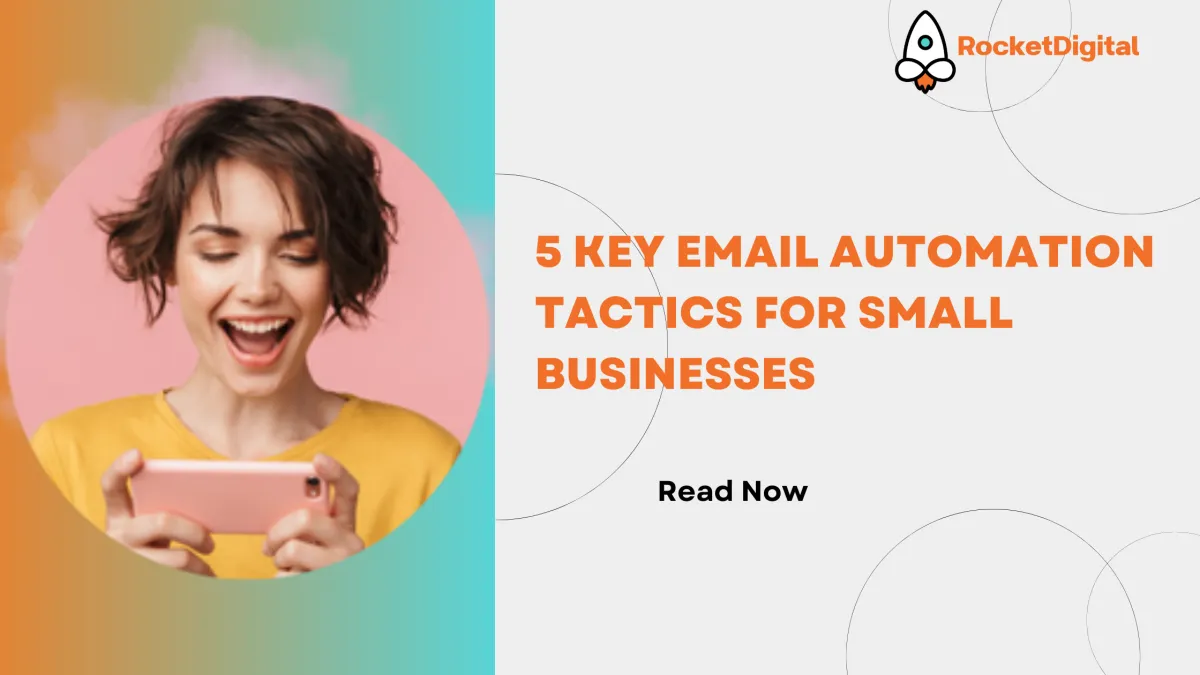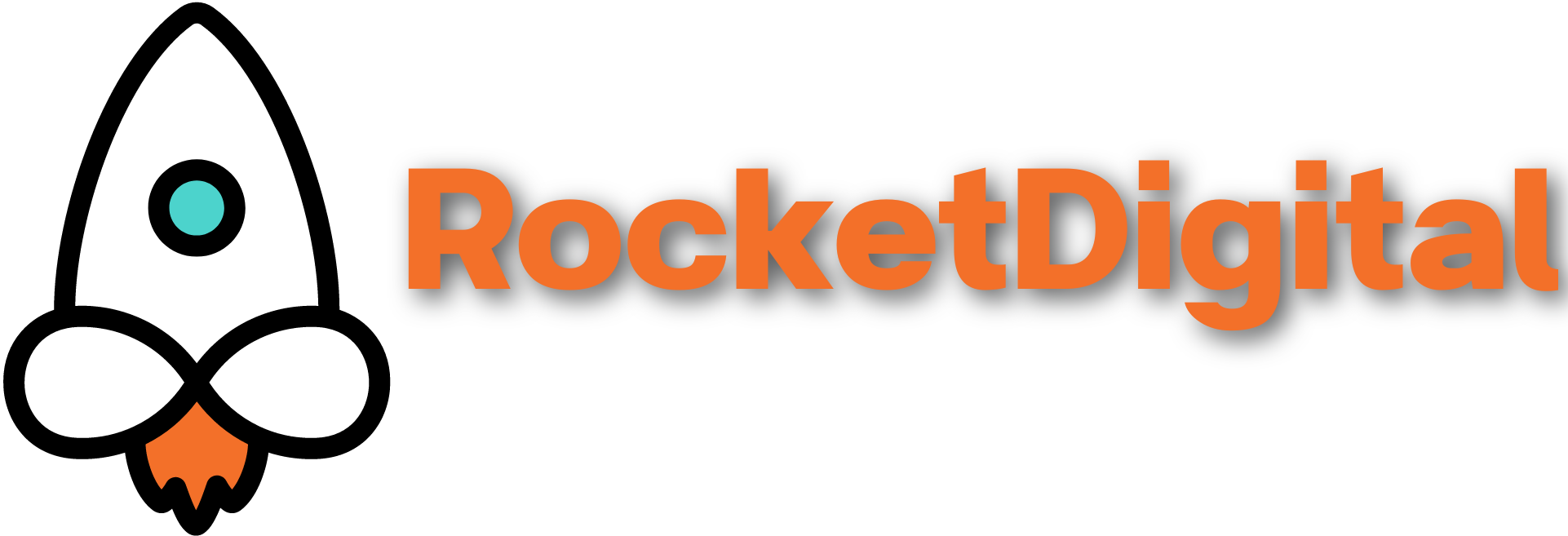
5 Key Email Automation Tactics for Small Businesses
As a small business, you can ramp up your email marketing game with targeted email campaigns, taking the time to segment your customer base for highly personalized content. Initiate your relationship with a strategic welcome email series that sets the tone for what’s ahead. Don’t let go of potential sales by implementing a smart cart abandonment strategy, and use customer feedback loops to fine-tune your approach continually. Don’t underestimate the power of personalized product recommendations to create a unique shopping experience. With these tactics, you’ll not only see an increase in your open and conversion rates but also build a loyal customer base eager for what’s next.
This is just the start of crafting an email automation strategy that places your small business on the path to success.
1- Targeted Email Campaigns
To effectively engage your audience, it’s essential to implement targeted email campaigns that cater specifically to the interests and needs of your segmented customer base. By leveraging data analytics, you’ll pinpoint exactly what your subscribers are looking for, tailoring your content to meet those demands head-on. This isn’t just about blasting emails; it’s about crafting messages that resonate on a personal level, significantly boosting your open and conversion rates.Diving deeper, consider employing A/B testing to refine your approach continually. This means sending out two variations of the same campaign to different segments and analyzing which performs better. You’re not just shooting in the dark; you’re using data to light the way. Additionally, integrating dynamic content that adjusts based on user behavior or preferences can make your emails feel custom-made for each recipient.
2- Welcome Email Series
Building on the foundation of targeted email campaigns, implementing a welcome email series is a strategic move that immediately engages new subscribers, setting the stage for a robust relationship. This initial interaction is crucial; it’s your first impression in the inbox. By crafting a well-thought-out series of welcome emails, you’re not just saying ‘hi’ – you’re beginning a conversation that can lead to lasting loyalty.
Your welcome series should do more than acknowledge a new signup. It needs to educate, offer value, and set expectations. Start with an introduction to your brand’s story and values. This isn’t about selling; it’s about connecting on a personal level. Then, guide them through what they can anticipate in terms of content, offers, and frequency. This transparency builds trust.Leverage automation to segment this series based on subscriber actions. Did they sign up through a specific campaign or download a particular resource? Tailor the messaging to reflect this, making it as relevant and engaging as possible. Remember, a personalized approach isn’t just nice to have—it’s expected by today’s consumers.
Analyzing the performance of your welcome series is key. Track opens, clicks, and conversions to refine your approach. This continuous improvement will ensure your welcome emails remain a powerful tool in your marketing arsenal.
3- Cart Abandonment Strategy
Addressing cart abandonment is a pivotal strategy for recapturing potential sales and enhancing the customer journey through targeted email automation. You’re not just nudging customers to complete their purchases; you’re analyzing why they didn’t in the first place.
Integrating sophisticated tracking tools with your email system allows you to pinpoint the moment a customer abandons their cart. Is it at the sight of shipping costs, or when they’re required to create an account? Knowing this lets you tailor your recovery emails more effectively to enhance your email marketing campaign.
Craft your emails to address potential objections. If shipping costs are a common deterrent, consider offering a discount code or highlighting free shipping thresholds in your follow-up marketing emails. It’s also crucial to personalize these messages. Use the customer’s name and remind them exactly what they’ve left behind, adding a touch of urgency without resorting to pressure. ‘Forgot something? Your cart misses you’ can be more effective than a generic reminder.
Timing is everything. Send the first email within hours of abandonment to catch customers while their interest is still high. Subsequent emails, if necessary, should be spaced out to avoid overwhelming them. Dive into analytics regularly to tweak and refine your approach, ensuring you’re always optimizing for maximum conversion.
4- Customer Feedback Loops
Harnessing customer feedback loops can significantly refine your email marketing efforts, offering insights that drive better engagement and conversion rates. By actively listening to your customers, you’re not just troubleshooting; you’re turning your email campaigns into a dynamic dialogue that evolves with your audience’s needs.
Implementing customer feedback loops involves a few strategic moves:
Automated Surveys Post-Purchase: Send a survey after a customer makes a purchase. Make it brief but insightful, focusing on what matters most to your customers and your brand.
Feedback Requests in Newsletters: Occasionally include a feedback section in your regular newsletters. This not only shows that you value customer opinions but also gives you a pulse on what content resonates best.
Response-Driven Updates: When you make changes based on feedback, tell your customers. It closes the loop, showing that you not only listen but act on their suggestions, enhancing their loyalty.
The key isn’t just collecting feedback but analyzing it to uncover patterns and insights. Use these findings to tailor your content, offers, and overall strategy in your next effective marketing campaign. This approach ensures your email marketing stays relevant, engaging, and, most importantly, customer-centric.
5- Personalized Product Recommendations
Leveraging personalized product recommendations can significantly enhance your email marketing strategy by delivering tailored content that resonates with individual customer preferences. By analyzing customer data, such as past purchases, browsing history, and engagement metrics, you can pinpoint exactly what your customers are interested in. This isn’t just guesswork; it’s a strategic, data-driven approach to increase relevance and drive sales.
With the right tools, you can automate this process, ensuring every customer receives product suggestions that feel handpicked just for them. Imagine the impact of an email that showcases products similar to those a customer has already shown interest in. It’s not just an email; it’s a personalized shopping experience delivered straight to their inbox.
But it’s not only about pushing sales. This tactic fosters a deeper connection with your customers. You’re showing them you understand their needs and preferences, building trust and loyalty. And, in the digital age, that personal touch makes all the difference.
Frequently Asked Questions
How Can Small Businesses Integrate Email Automation With Their Social Media Marketing Efforts to Create a Cohesive Digital Marketing Strategy?
To integrate email automation with your social media, start by syncing your subscriber list to target ads, then use social triggers to automate emails, creating a seamless digital marketing strategy that boosts engagement.
What Are Some Cost-Effective Tools for Small Businesses to Implement Advanced Email Automation Features Without Breaking the Bank?
You’re looking for budget-friendly tools to boost your email automation? Consider platforms like Mailchimp, Sendinblue, and Moosend. They offer advanced features without straining your wallet, helping you streamline campaigns efficiently.
How Can Small Businesses Ensure Their Email Automation Practices Comply With International Privacy Laws and Regulations, Such as Gdpr?
To ensure your email automation aligns with GDPR and other privacy laws, you’ll need to implement strict data handling protocols, secure consent properly, and provide clear opt-out options in all communications. Stay informed and adapt.
What Role Does A/B Testing Play in Optimizing Email Automation Strategies, and How Can Small Businesses Effectively Implement It?
A/B testing plays a crucial role in optimizing your email automation by letting you compare different strategies to see what works best. You can effectively implement it by testing subject lines, content, and send times.
How Can Small Businesses Measure the Long-Term Impact of Email Automation on Customer Loyalty and Retention Beyond Immediate Sales Metrics?
To measure email automation’s long-term impact on customer loyalty, you’ll need to track engagement metrics like open rates and click-through rates over time, alongside surveying customer satisfaction and monitoring repeat purchase rates.
Conclusion
Harnessing these email automation tactics isn’t just about sending emails; it’s about crafting a strategy that resonates with your audience. By implementing targeted campaigns, introducing a welcome series, addressing cart abandonment, establishing feedback loops, and personalizing recommendations, you’re setting your small business up for success.
Leverage these tools to deepen connections, drive engagement, and boost sales. Remember, the key is in the details. Fine-tune your approach, and watch your business thrive in 2024. Ready to take your email marketing to new heights? Harness the power of Rocket Digital Marketing today and start seeing results.

